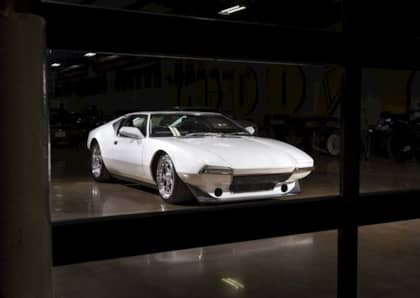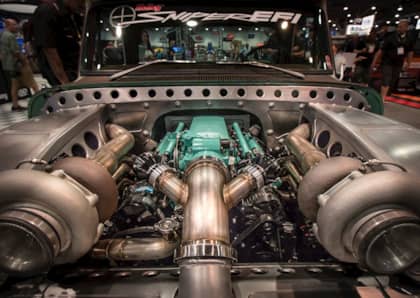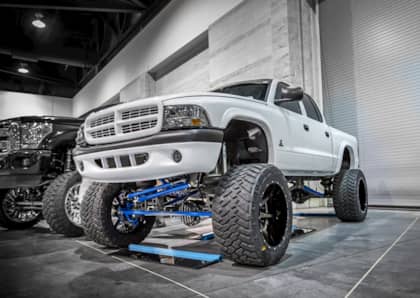Master Class: Engine Swap Basics
Anything but basic, an engine swap can span from mildly difficult to extremely challenging. While dropping a small-block Chevy into a roadster doesn’t bring too many surprises, shoving a Cummins into a Miata will prove much more formidable.
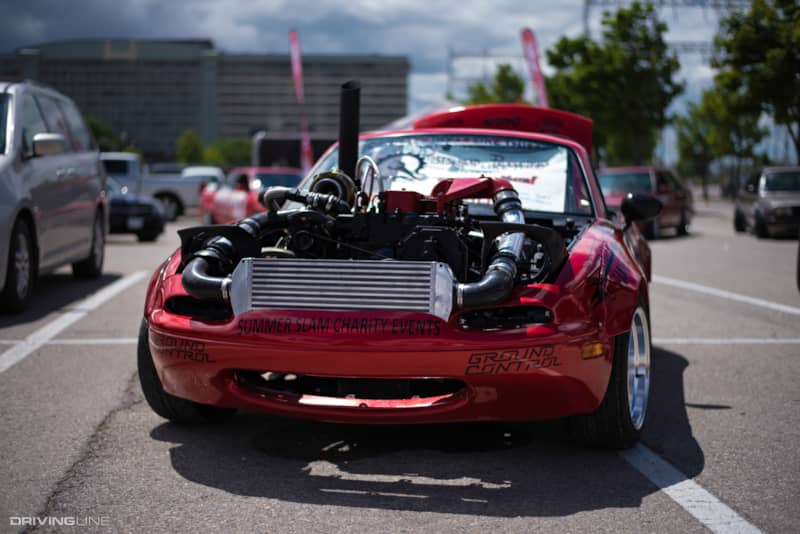
And while we’ve done our fair share of engine swaps, we called in a couple of experts to back us up on these. Jonathan Ward founded Icon 4x4 and has been swapping powerplants since he first tackled perfecting the Land Cruiser and has moved on to Broncos, FJs, and one-off vintage transformations he dubs “Derelicts.” Similarly, Dave Harriton founded AEV after finding aftermarket support for JKs lacking. AEV now works directly with Chrysler/Jeep/Dodge creating modified vehicles that maintain their best stock characteristics. Believe it when we say the level and expertise of both of these companies likely surpasses anything we’ll be lucky enough to build in the garage.
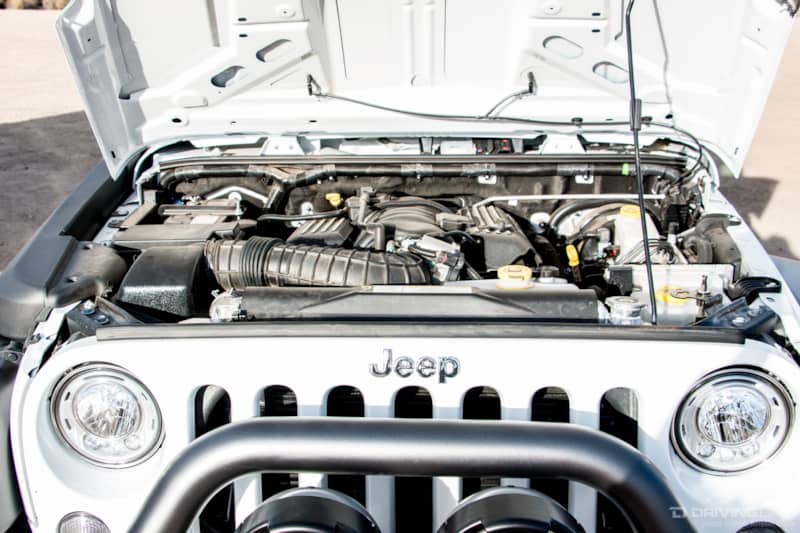
You’ll serve yourself well by checking off the basics on our list before you embark on your own swap so your daydream doesn’t turn into a nightmare.
1. Do your research ahead of time.
“Think through the entire equation and goals before doing anything,” Jonathan Ward urges. You don’t want to be elbows deep in a project before realizing nobody makes an input shaft that mates your new engine to your chosen transmission. Every. Little. Thing. Counts. Cover your bases thoroughly before investing money and getting your hands greasy.
2. Find the right partners for custom parts.
“If you’re going to put a different motor in the car, you really need the support,” Dave Harriton advises. “We call them snowflakes, because every car’s different.” While kits can be great for some of the more common conversions, always be prepared for unexpected challenges to your unique car year, make or model. If it’s more of a one-off swap you’re aiming for, know where to turn to for specialty custom solutions from bellhousings to electronics.
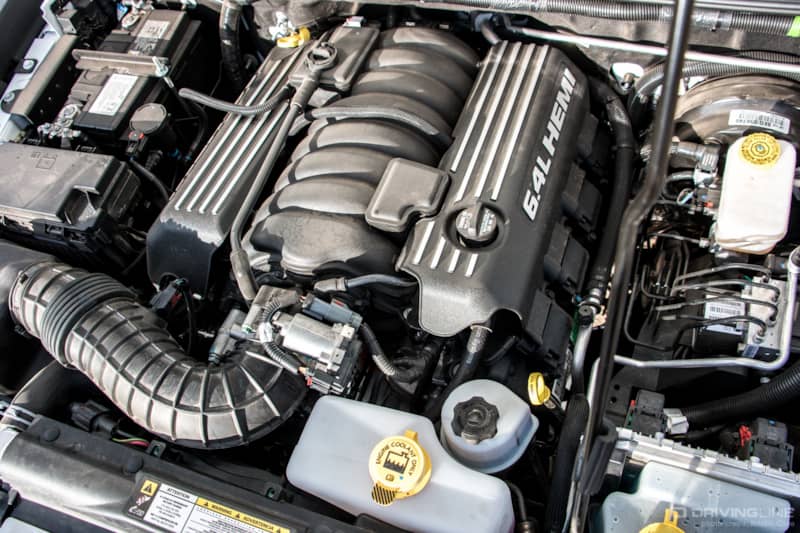
3. Consider how more horsepower changes the rest of the car.
Not only will more horsepower give you, well, more horsepower, it may also add un-asked-for weight affecting things like suspension and braking. And don’t get us started on how swapping the engine will carry through every single system on the car. Sure you’re ready for this? Ward says, “People need to think not just about displacement gains, but also about efficiency and refinement. Sometimes more horsepower may only mean more weight and a bad chain of events.” He’d urge those considering a swap to choose a contemporary OBD II–era small-block versus a hefty traditional carbureted engine.
4. Make sure the engine isn’t too heavy.
How heavy and where the weight lies within the vehicle impacts how the handling was originally designed. If you’re swapping out something very different in weight, dimension or distribution, you’ll need to change much more than just the mounting points. Another reason why Ward pushes to go more modern: “Not only are they lightweight, but they’re so much more bang for your buck, especially if you’re budget-minded.”
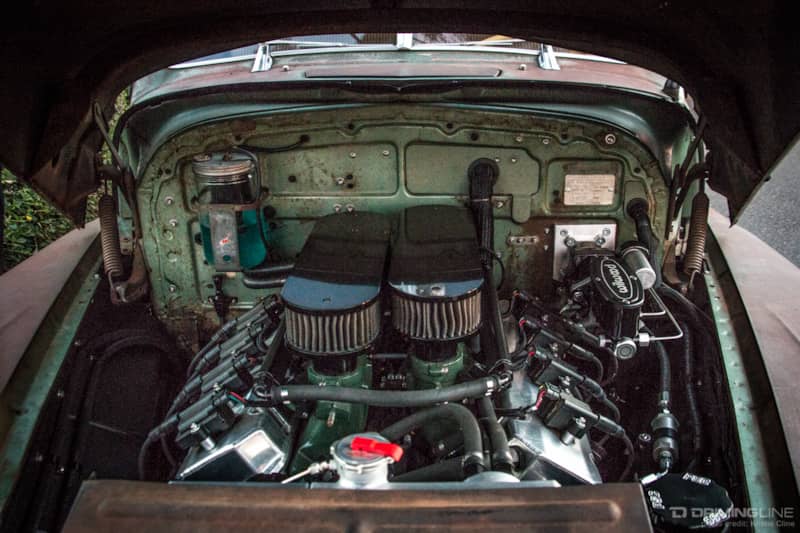
5. Get all the other parts you need to make the engine work.
It won’t just be the engine you’ll be swapping, but every other car system to go along with it: hoses, transmission, pedals, sensors, radiator, computers and much more are also up for change. You’ve got to decide what will stay and what will go — and how they’ll work together.
6. Put safety first.
While Harriton laughs when he says he’s seen everything from “household wire nuts on wires to masking-tapped gauge clusters,” he gets serious about the fire and safety risk that some people’s less-than-stellar handiwork can cause.
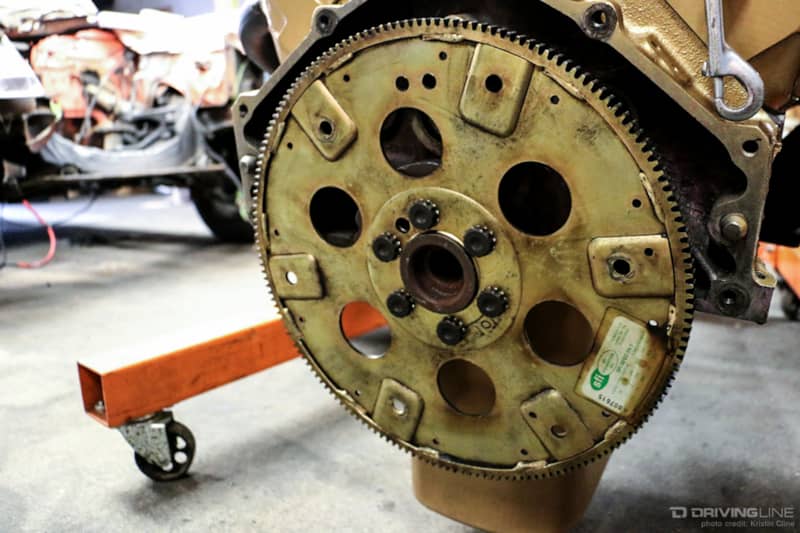
7. Only start a swap you know you can finish.
If you want to build something groundbreaking, be ready to commit and don’t forget the work doesn’t end when your swap is over. Is your car still going to be serviceable? “If diagnostics can’t be run when you’re finished,” Dave says, “what you’re left with is just a big paperweight.”
BONUS TIPS from Jonathan Ward: Don't underestimate.
Transmission: "The refinement and control of a computer-controlled tranny can't be stressed enough. The 4L65E has many aftermarket solutions for adaptions that are really well developed and readily available."
Cooling: "A factory fan and fan clutch will beat out aftermarket fans any day. People also commonly forget the impact of a fan shroud."
OEM Mounts: "I've seen so many conversions that use the crappiest hocky-puck plastic polymer mounts. I strongly encourage builders to utilize OEM application of motor mounts and build a frame-side deck to match them."




